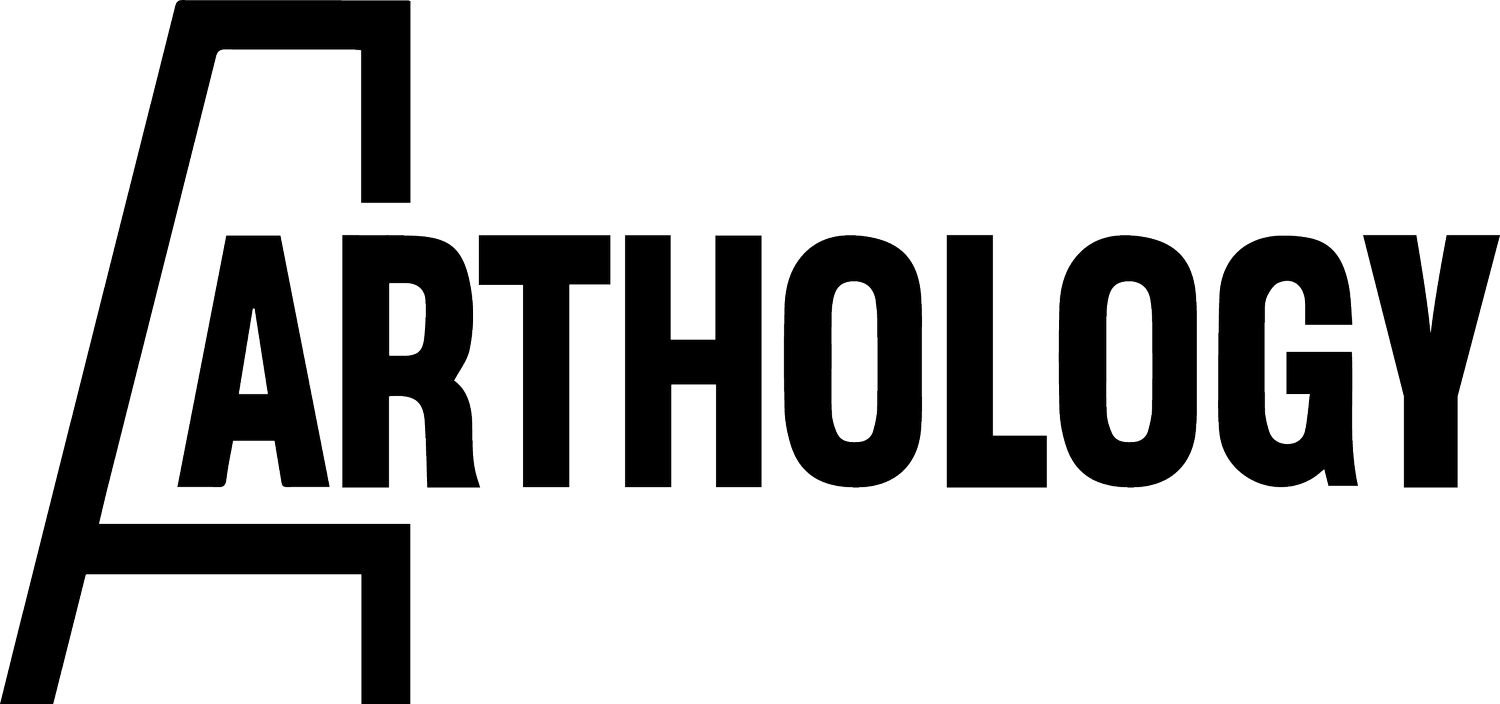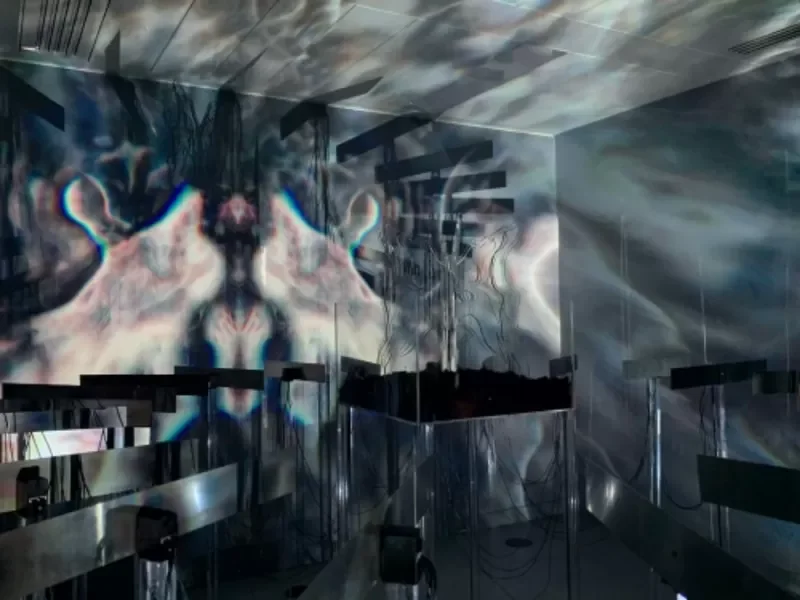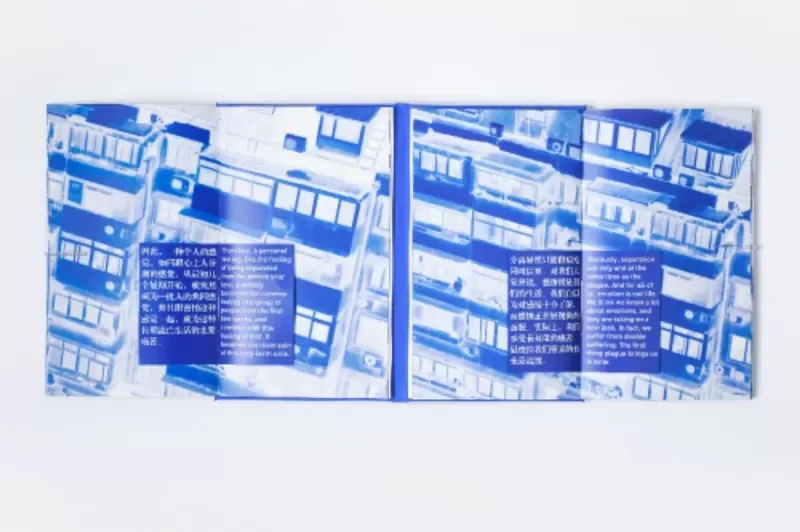Existence, Death, and Identity: Existential Philosophy in Interdisciplinary Art Practice
Weihang Zhu is a London-based visual artist and digital media designer who graduated from the Royal College of Art. Her interdisciplinary practice is grounded in existential philosophy, centering on themes such as existence, death, identity, and self-construction. She investigates how individuals build their sense of self through the interplay of perception and external stimuli, examining the cognitive processes that shape our understanding of ourselves and the surrounding world. Utilizing experimental media and metaphorical expression, Zhu delves into the formation of self-awareness and the philosophical dilemmas it faces within contemporary contexts.
RECONSTRUCTING THE PAST: THE FLUIDITY AND TRANSFORMATION OF MEMORY
In a world dominated by digital archives, this book design project by Weihang Zhu boldly questions the essence of memory—its fluidity, subjectivity, and mutability. The work is not merely a collection of recollections but an exploration that seeks, through innovative design strategies, to capture the elusive and dynamic nature of memory. By deconstructing the act of remembering, the project invites a deeper introspection of the self.
Through the tactile intervention of materials, Zhu expands the expressive dimensions of image and text. Interleaved tracing paper between each spread enhances the multisensory experience of the book, its semi-transparency disrupting clarity and legibility as the pages turn. This effect mimics the fragmentation and fluidity of memory, portraying it as a dynamic process constantly reshaped by time, emotion, and environment. Here, tracing paper serves not only as a visual device but also as a metaphor for the opacity and transformation within memory—what is seen is never complete, and what is felt lingers in ways words cannot capture.
Visually and conceptually, Zhu challenges the conventional notion of memory as a fixed narrative. The blurred, distorted, and reassembled imagery mirrors how our minds reconstruct past experiences—removing detail, infusing emotion, and leaving only vague outlines of what once was. In this book, memory is not linear; it is fluid, continuously reshaped by time and reflection. The work invites the reader to engage with memory as a living, shifting presence—forever redefining itself.
SELF AND DEATH IN THE CONTEXT OF EXISTENTIAL PHILOSOPHY
Martin Heidegger’s concept of being-toward-death runs through many of Weihang Zhu’s projects. She uses death as a lens through which to examine the nuances of human existence. In her practice, death is not static but an active force in shaping the self—an experiential mode that reveals the core of being. Rather than an end, death becomes an integral component of existence, making the act of living more vivid and necessary. She views the body as a medium of "being-toward-death," using visual language to explore how our awareness of mortality participates in the construction of selfhood. Through abstract imagery and interactive installations, Zhu presents the self as something to be observed, projected, and continuously reconstructed.
ALIENATION: VISUALIZING DEEP PAIN AND THE DISSOLUTION OF SELF
Weihang Zhu’s work continues to explore the relationship between perception and the self, probing how identity becomes blurred and the psyche undergoes alienation in the absence of external reference points. Using book design as a primary medium, Zhu translates philosophical inquiry into concrete visual experience through images of everyday objects. Her project reflects the condition of individuals in isolation, where the lack of connection to the outside world induces a state of psychological alienation. She posits that consciousness arises from the presence of sensation—thus, the “self” must be grounded in feeling. It is these sensations that affirm life. When the external world recedes, the thread connecting individuals to their environment frays. The result is not an overt emotional shock but a slow emergence of emptiness, numbness, and an unnamed sense of pain.
Zhu renders this process in a restrained visual language, allowing the viewer to sense alienation rather than having it explicitly defined. Everyday objects in her work take on metaphorical weight, symbolizing the blurring of identity and the dulling of perception—illustrating how alienation unfolds within a state of prolonged disconnection.
In this project, Zhu uses images of daily objects as metaphors for the psychological pain caused by alienation and employs a blue-toned visual palette to express detachment, coldness, and pathological emotion. Color in this work carries both emotional and conceptual significance: the dominant hue—blue—not only evokes sensations of coldness and isolation but also summons a feeling of emotional void tinged with morbidity. Here, blue functions as both the temperature of perception and a psychological cue—pointing to the cooling of emotional response and the numbing of consciousness, which ultimately stirs existential doubt.
Zhu suggests that when individuals are removed from the constant feedback of the external world, their “capacity to feel” diminishes. This, in turn, destabilizes the construction of the self and leads to emotional stagnation. Alienation is not a sudden event but a latent erosion of perception embedded in everyday life—a cognitive dilemma faced by modern individuals within the frameworks of technology and social systems.



